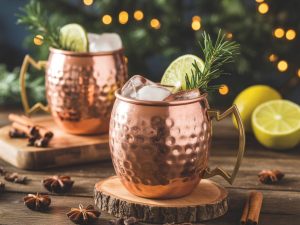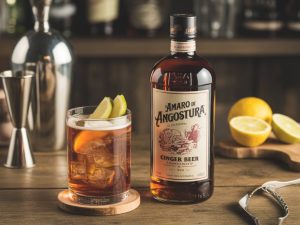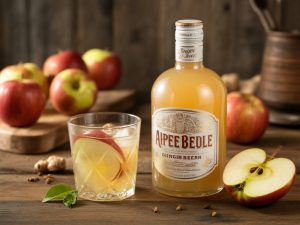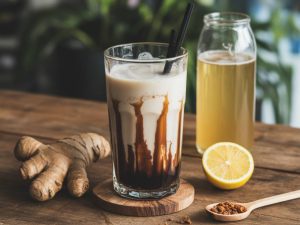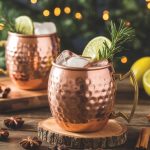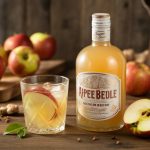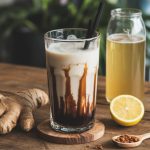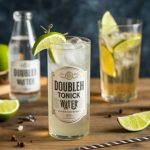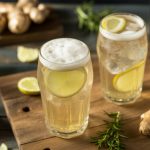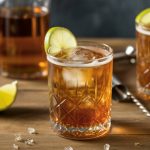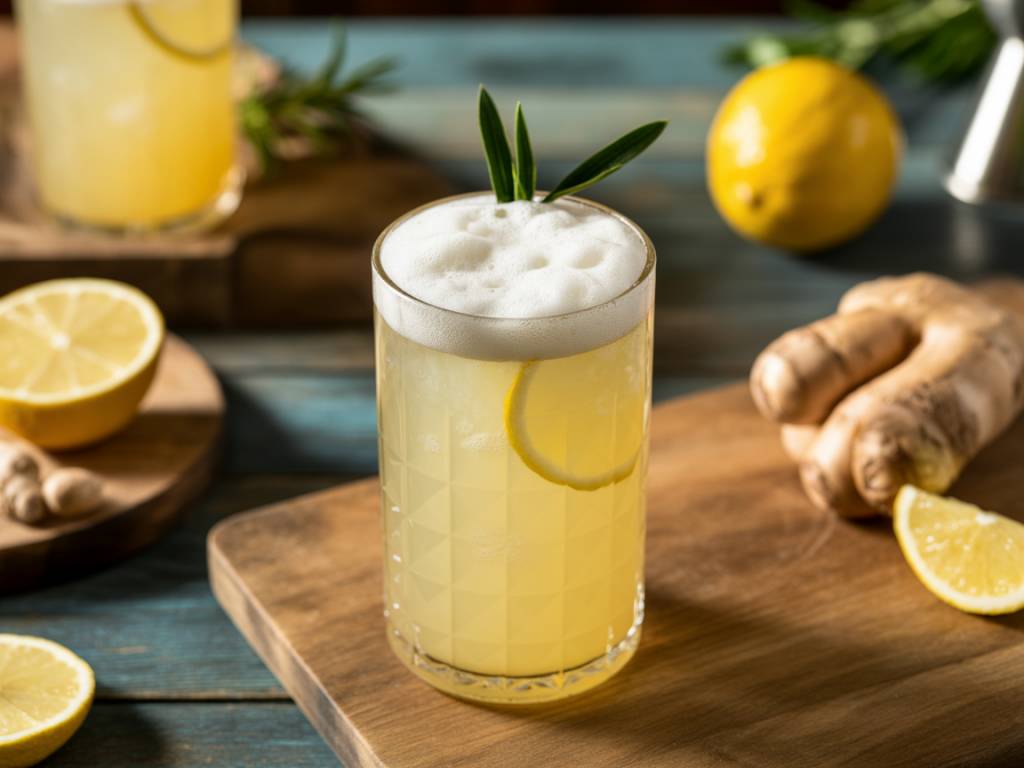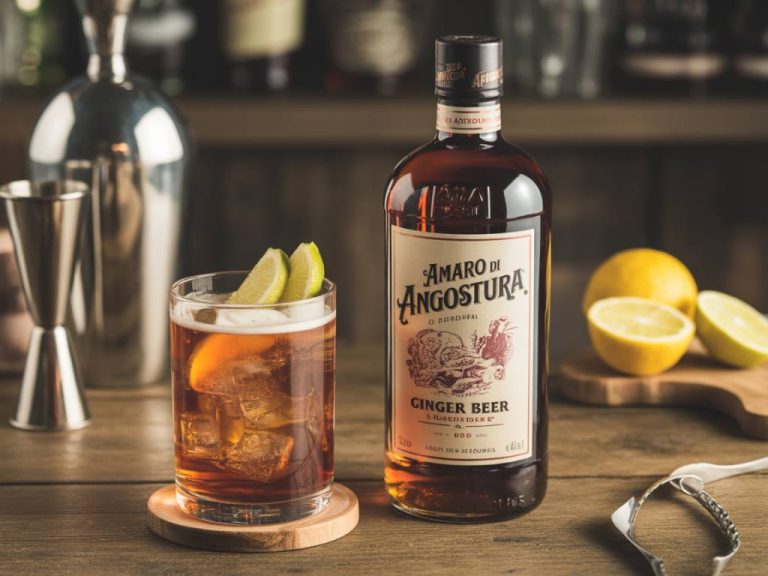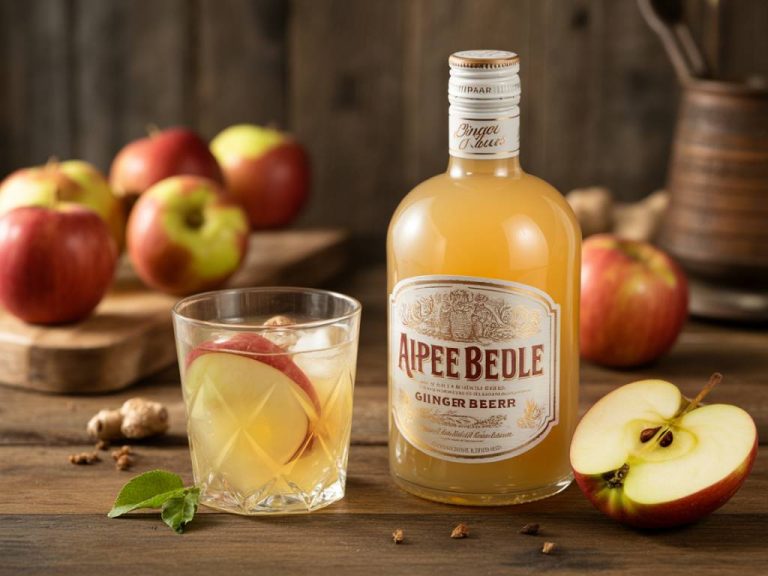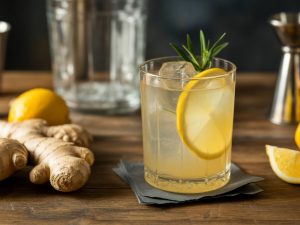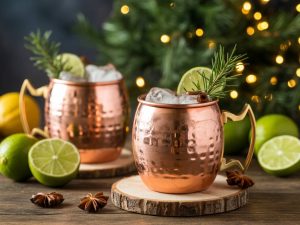A Revival with Fizz: Ginger Beer Steps into the Spotlight
There’s a quiet revolution bubbling behind the bar — and it’s led by none other than the artisanal ginger beer. Once relegated to the sidelines as a mixer in the occasional Moscow Mule, high-quality, craft ginger beer is now earning its place as a core ingredient in modern mixology. But what sets it apart from the industrial versions that line supermarket shelves? And how are forward-thinking bartenders and home mixologists using it to rewrite cocktail menus? Let’s pop the cap and dig in.
What Exactly Is Artisanal Ginger Beer?
Ginger beer has a tangled history, tracing its roots to 18th-century England where it was originally fermented and alcoholic. Today, especially in the artisan world, it’s often a naturally effervescent, non-alcoholic beverage, brewed in small batches using real ginger root, natural sugars, citrus, and a touch of fermentation. Unlike commercial sodas, it’s less about syrup and acid, and more about balance, spice, and subtle acidity.
Most artisanal brews avoid preservatives or artificial flavors, preferring instead to coax bold, sharp heat and floral brightness from genuine ingredients. The result? A depth of flavor that turns a supporting actor into a lead performer.
Why Mixologists Are Falling for Craft Ginger Beer
Ask any seasoned bartender and they’ll tell you: balance matters. A good cocktail isn’t just a boozy concoction — it’s a study in contrast and complexity. And ginger beer, with its spicy kick, gentle sweetness, and carbonation, plays all three roles beautifully.
Here’s what makes artisanal ginger beer thrive behind the bar:
- Bright Acidity: Fresh lime juice may get the spotlight, but natural ginger beer contributes a citric brightness of its own, enhancing balance without overshadowing other components.
- Layered Heat: Real ginger delivers lingering warmth that builds gently, unlike the one-note burn of artificial ginger flavorings.
- Structured Carbonation: Natural fermentation often leads to a finer, more persistent bubble structure — which matters more than you’d think for mouthfeel and overall drink presentation.
In short, artisanal ginger beer isn’t just fizz with a zing. It’s an active collaborator in the construction of compelling cocktails.
Signature Cocktails Reimagined
Let’s take a few classics and see how ginger beer reinvents them when you swap out the bland mixers for the real deal.
The Dark & Stormy – Elevated
Many versions of this rum classic are little more than bottled ginger soda with a float of dark rum. Swap in an unfiltered, small-batch ginger beer with bold heat, and you amplify the spice in the rum while redefining the drink’s depth.
Gin Mule
Who says mules belong only to vodka? A cucumber or lavender-forward gin paired with a citrusy, straw-colored ginger beer creates an invigorating highball — crisp, floral, and just peppery enough to intrigue.
Winter Whiskey Buck
Pair barrel-aged bourbon with cinnamon-spiced ginger beer, a splash of lemon juice, and orange zest. The warming effect is immediate — perfect for fireside sipping in the colder months.
The Ginger Beer Test Kitchen: What to Look for
Over the past six months, I’ve tested over a dozen craft ginger beers in cocktails and on their own. From fermentation tanks to tasting notes, here’s how you can evaluate a ginger beer’s mixology potential:
- Heat Profile: Is the ginger burn short and sharp, or does it build gradually? Seek complexity over aggression — it should complement, not dominate.
- Sugar Level: Too much sweetness flattens the palate. Look for low-to-moderate sugar content (under 8g per 100ml) if you’re mixing with spirits.
- Citrus Backbone: Check for lemon, lime, or even yuzu — these additions brighten the profile and add versatility in cocktails.
- Visual Texture: A slight cloudiness typically means real ginger root is being used. It’s also a good sign that you’re dealing with a minimally processed product.
My current standouts? Strongbow’s Spicy Ferment (UK), Hibiscus-Ginger Blend from Alambika (CA), and my personal favorite: Maison Gingembre Artisanal — a French microbrew with earthy undertones and a natural effervescence that refines rather than overwhelms.
Beyond the Bar: Health Benefits & Nutritional Value
Let’s not overlook what originally drew me, a former nutrition consultant, to ginger-based beverages in the first place: their fascinating health profile. Real ginger has well-documented anti-inflammatory, anti-nausea, and digestion-enhancing properties, many of which survive the fermentation and brewing process.
Artisanal brands tend to retain more of these benefits due to shorter ingredient lists, minimal pasteurization, and the use of raw or lightly cooked ginger root. Some examples include:
- Digestive Aid: Bitterness from gingerol stimulates saliva and bile production, increasing digestive efficiency — especially following fatty meals.
- Inflammation Reduction: Chronic inflammation is linked to a wide array of conditions, and compounds in ginger like shogaol have been shown to help moderate it.
- Lower Glycemic Index: Compared to high-fructose ginger sodas, artisanal brews that use cane sugar or honey in modest amounts lead to less dramatic blood sugar spikes.
Of course, moderation is key. Ginger beer, even the healthiest kind, is still a sweetened beverage. But when used as part of a balanced drink or enjoyed occasionally for its flavor and function, it’s hard to beat.
DIY Ginger Beer: A Home Experiment Worth Trying
Feeling a little adventurous? You can make a surprisingly rewarding batch of ginger beer with just a few tools and a bit of patience. I’ve been tinkering with my own recipe over the years, and here’s the version that consistently delivers rich flavor and lively fizz:
- 250g fresh ginger root, grated
- 150g raw cane sugar
- Juice of 2 lemons
- 1/4 tsp active dry yeast (baking-grade works)
- 1.5L filtered water
Steep grated ginger in boiling water with sugar. Let it cool to room temperature, then add lemon juice and yeast. Transfer to swing-top bottles (leave an air gap) and ferment at room temp for 48 hours. Chill before opening (carefully – it’s lively!). The result is a rustic ginger beer with warmth, fizz, and a whisper of funk. Great on its own or in a cocktail — especially when you can claim it’s homemade.
Final Thought: Not Just a Mixer – A Statement
Ginger beer is no longer a footnote on the cocktail list. In its artisanal form, it’s a canvas for creativity, a nod to centuries-old tradition, and a compelling bridge between health-conscious consumers and craft beverage enthusiasts. Whether you’re building a bold Mule variant, experimenting with low-ABV creations, or simply savoring it chilled on a summer afternoon, it’s time to give ginger beer the respect it has long earned — not just as a mixer, but as a statement ingredient in its own right.
Cheers to that fiery, fizzy renaissance in your glass.

